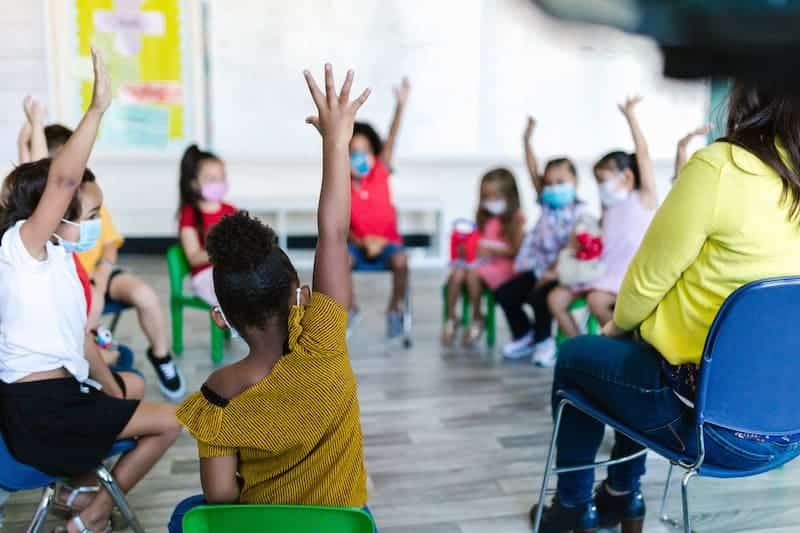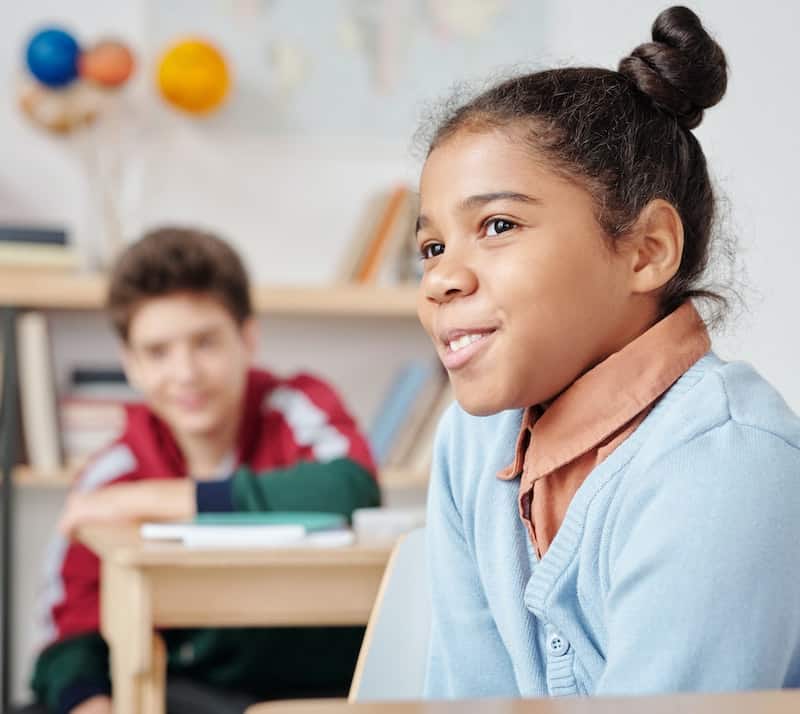Education in general, but especially for children, rests on an assumption that new ideas will be explored–new thoughts will be thought. Some ideas cause discomfort, and some thoughts feel dangerous. When encountering new ideas or thinking new thoughts, children will worry sometimes whether what they think is somehow bad or wrong. Even if the thought isn’t wrong or bad, if it feels uncomfortable children are less likely to speak about them out loud or ask questions to better understand the new information. This new information might be an unsettling experience in life. Other experiences might include interactions with discrimination which makes environments feel unsafe.
For this reason, it’s essential to create a safe space in every classroom setting where children feel they’re allowed to ask any question without attracting negative reactions. In this article, we’ll explore what makes a safe space and how to create a safe space in the classroom.
How To Create A Safe Space
What is a Safe Space?
Safe space can refer to actual space, such as a classroom, or can even indicate a safe space ideologically. These can also be the same thing. Regardless, it’s important to create some clear and specific context where the boundaries clearly define where and when there will be no judgment.
There are different schools of thought around how to create a safe space, inside and outside the classroom. It’s vital that classrooms are safe spaces, and that they lend themselves to becoming safe spaces. Ideas are being tested already, and so some thinkers push a narrative of embracing a strategy of turning classrooms into “brave spaces.” In a brave space, educators tackle controversy with civility and moderate conversation to aid in ownership of intentions and their impact.
How to Create a Safe Space in the Classroom

Creating a safe space in the classroom starts with the teacher. An educator sets the tone of their classroom before students even set foot in there.
Since the crux of safe spaces stems from First-Amendment rights, it’s possible to begin with a conversation about the First Amendment. Every student–every person–has to understand the content and the implications of the First Amendment of the U.S. constitution. At the same time, it weighs on an educator to mediate productive dialogue, rather than permit a conversation that goes anywhere. While the goal is to create a classroom environment where students feel free to speak their minds, there are ways to be honest while showing respect.
Understanding how to speak both freely and respectfully is a necessary step in creating a safe space.
Educators might moderate this dialogue about First Amendment rights by…
- Leading conversation on the subject of hurtful terms and what terms to use instead. If a child has never had an opportunity to learn that a given term may offend in some cases, then it is valuable to hear that in a safe environment.
- Cultivate empathy. In the context of the classroom, conversations about understanding and empathizing with the perspectives of others turns into a skill. Skills have technical aspects, and they can be improved by practice and repetition. Discussions about what other people might think or feel helps create an environment of mutual respect.
- Moderate conversations between peers when one of them has offended the other. Sometimes children haven’t learned the tools to communicate their feelings honestly and with empathy. Educators are in a position to use social situations as teaching opportunities.
- Encourage students to speak up when they hear potentially damaging or derogatory speech. Children are more likely to speak up and honestly appraise what they hear if they’re not worried about possible negative consequences of speaking up. So, make it clear that nothing punitive happens when people do speak out about derogatory speech.
- Create opportunities for open discussion, like “circle time” or otherwise age-appropriate contexts that enable a sense that this time is protected–i.e., a safe space.
Project Empty
Try our Project Empty Challenge and create a Peace Corner. Somewhere in your home or educational space, create a protected place with tools that promote calm. Tailor it to the needs of your students (and yourself). Any art, comfy cushions, or art supplies that promote a sense of calm can create a space that feels safe and welcoming.
Creating Safe Spaces

A classroom has to be a place free of fear, or at least somewhere that encourages bravery. If an educator wants to prepare their students to have rewarding lives, then it is essential to create a safe space where all students feel welcome, seen, and embraced. To do this means teaching techniques for respect and empathy and talking about some hard ideas. In the end, creating a safe space in the classroom empowers students for the rest of their lives.
Soul Shoppe provides social emotional learning programs and can help you learn how to create a safe space in the classroom or at home. Soul Shoppe encourages empathy and emotional awareness in children. Click for more information on SEL Programs for Elementary Schools.
You May Also Like:
Conflict Resolution Activities for Kids
How to Teach Empathy to Kids and Teenagers

